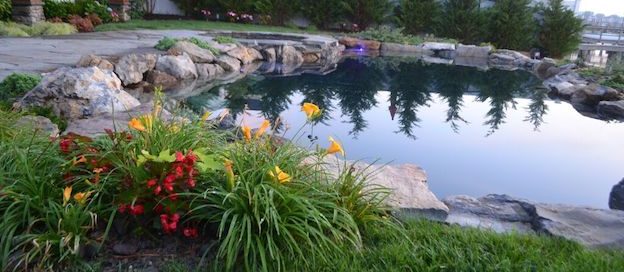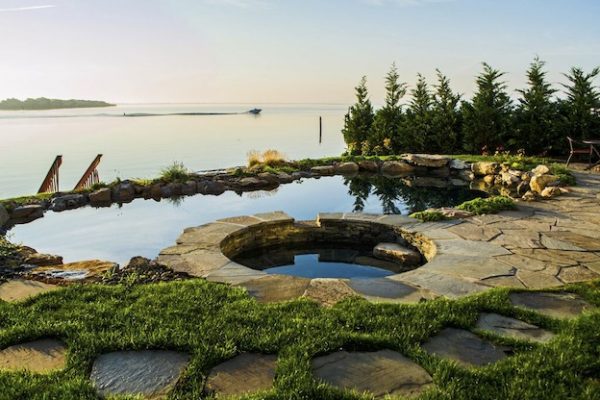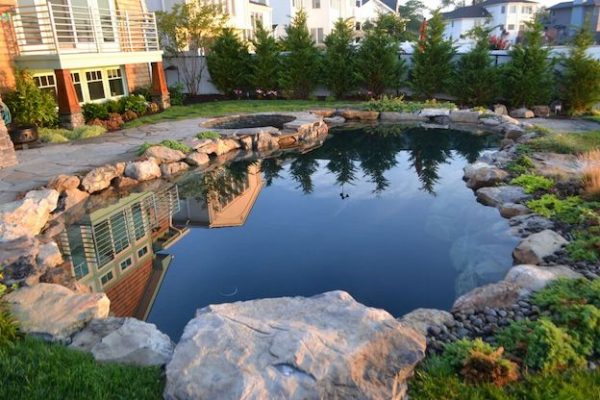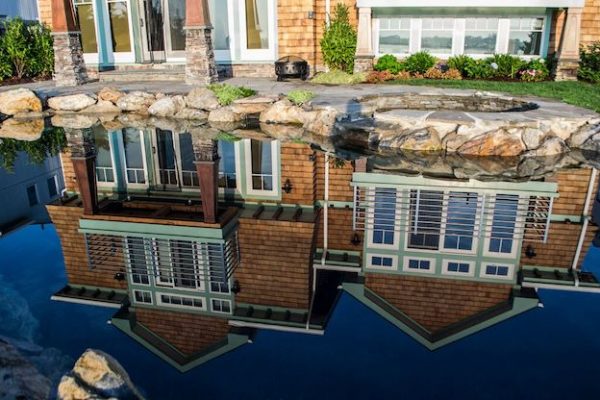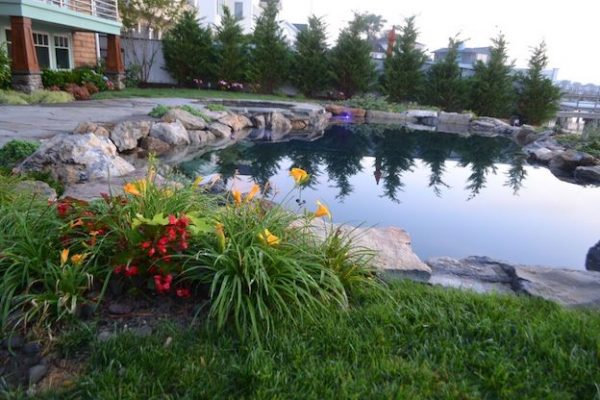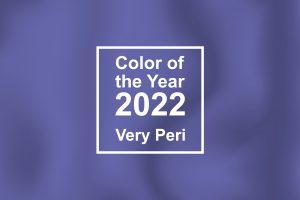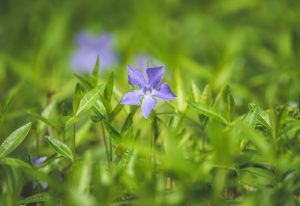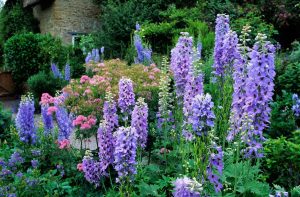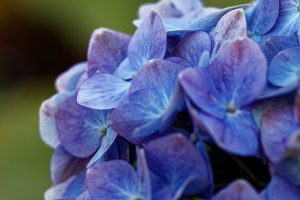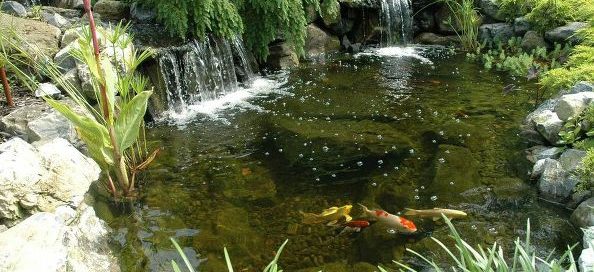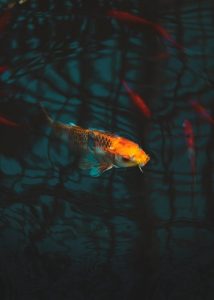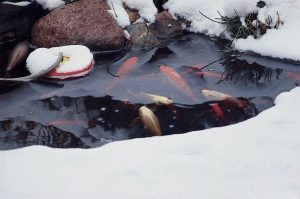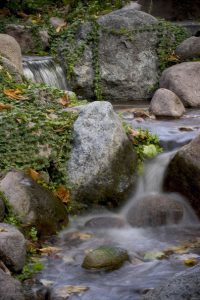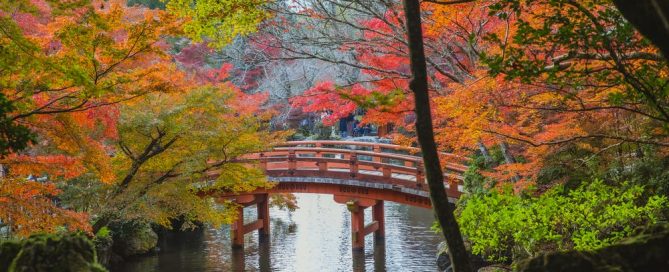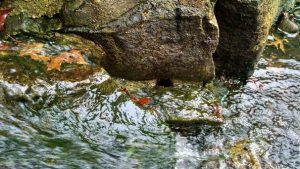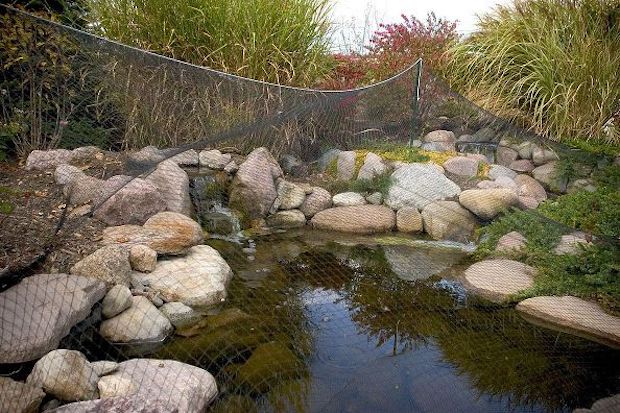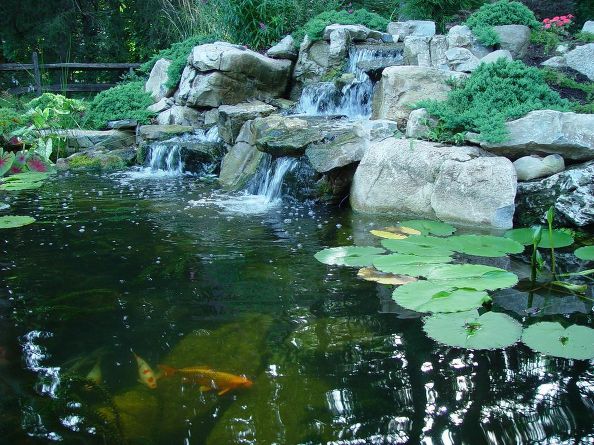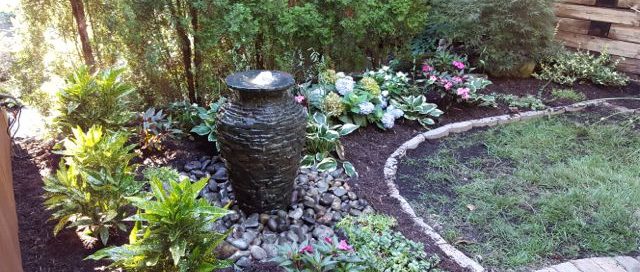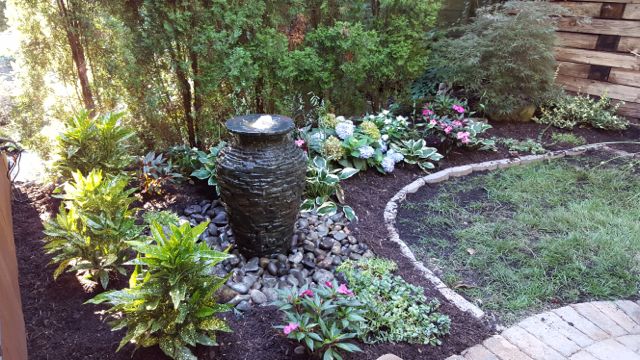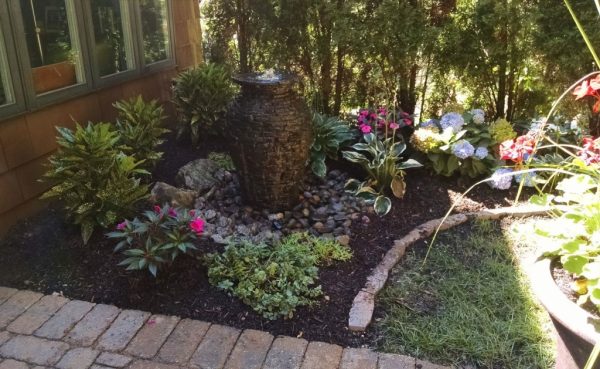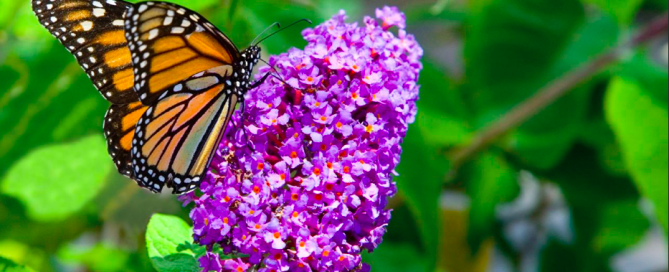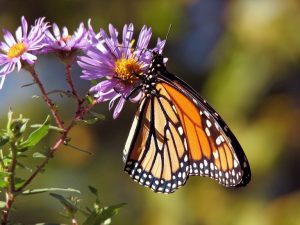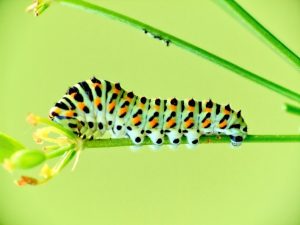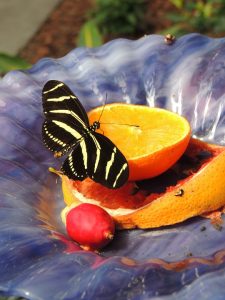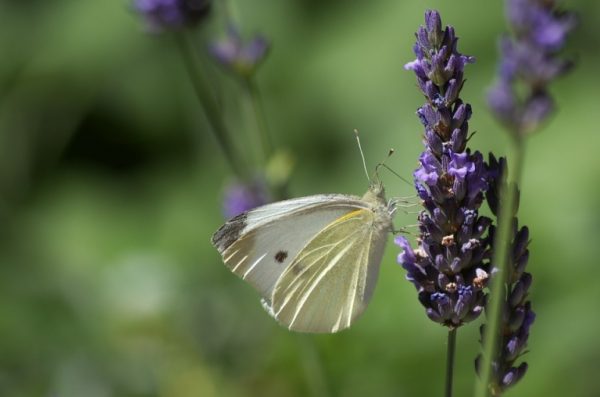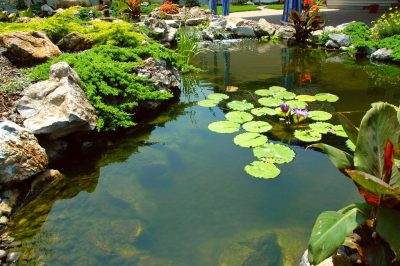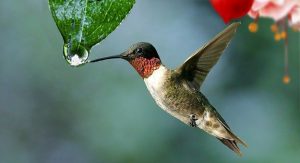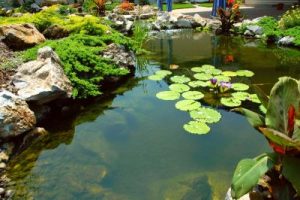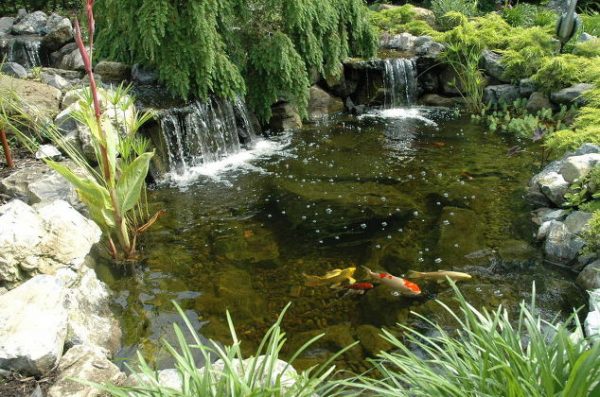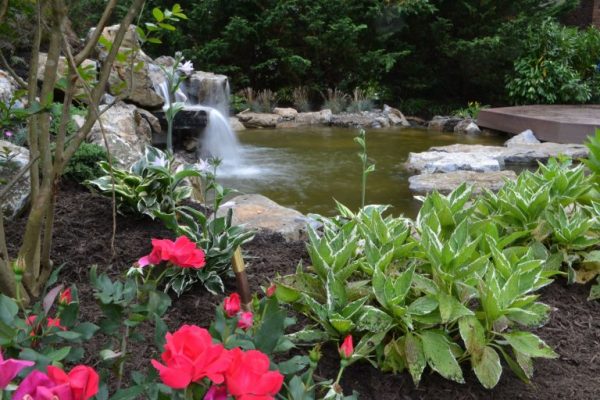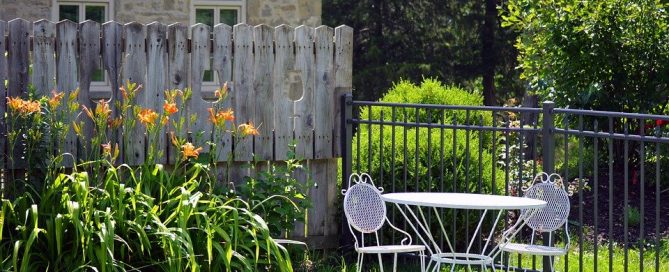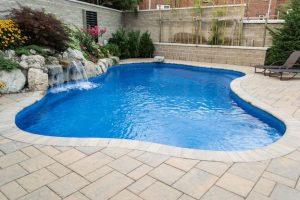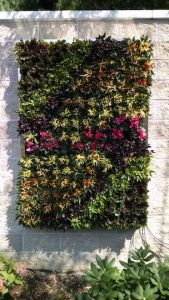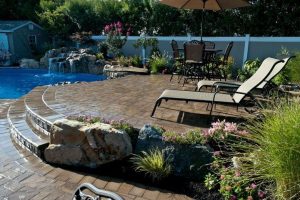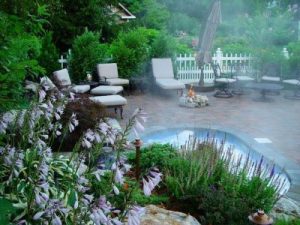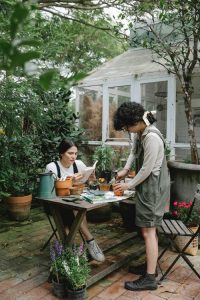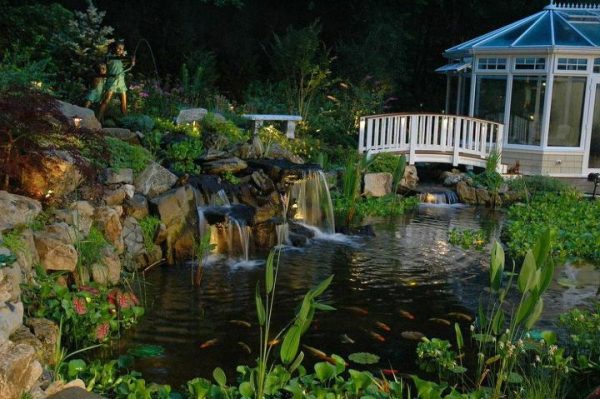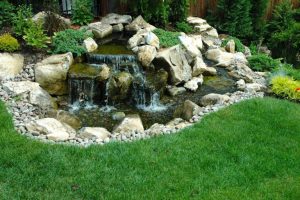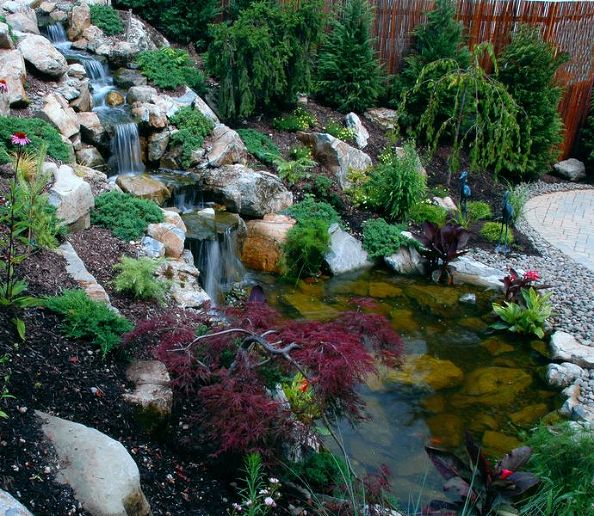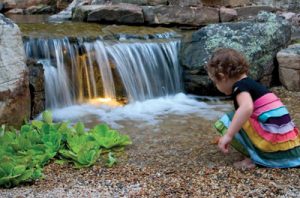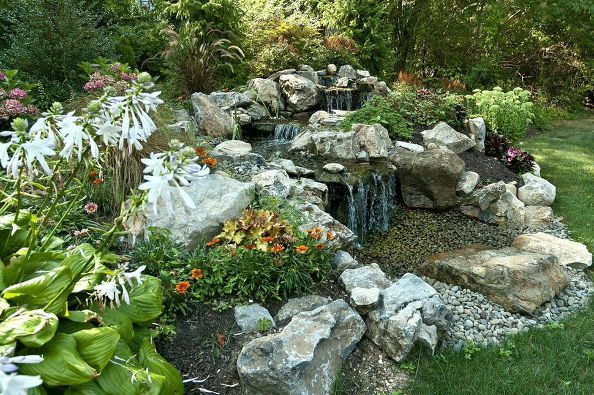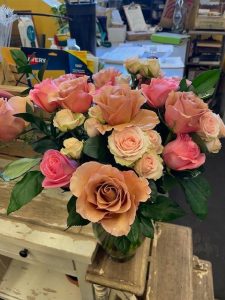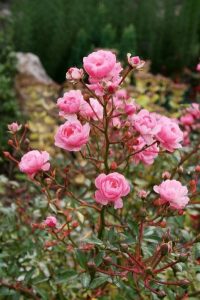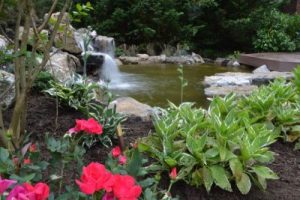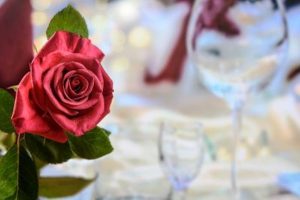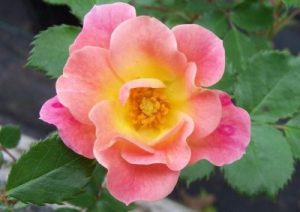New In-ground Pool: Bringing That Vacation Feeling Back Home
Sometimes we get the blues after we return home from a vacation. And with this weekend’s big snowstorm expected for Long Island, those blues will have icicles dripping off them.
So how about some sunnier thoughts? Like the story of Deck and Patio clients who did something about those pesky post-vacation blues.
The couple loved spending time in their vacation home in New York’s Adirondacks. They loved swimming in lakes, nature walks, etc. So when they bought a new home in Merrick, Long Island, they renovated the house and property in a way that captured the soul of their upstate second home.
The Backyard
“For the backyard, they wanted something special,” says our own Dave Stockwell. “Their idea was for a swimming pool that looked like a pond, or a pool made completely of rocks and not the usual concrete or steel. But they did, want the pool to still be filtered and treated chemically like a regular pool.”
Deck and Patio engineers verified the technical aspects throughout the designing and building of the pool. “Creating such an all-rock pool was like fitting puzzle pieces together,” adds Dave. “Only, instead of using pre-made shapes, we had to deal with 4-5 truckloads of randomly-sized Pennsylvania moss rock boulders.
Our team had to look over and measure each rock before it was fitted in place. After that, so as to ensure the soil pressure wouldn’t push them over or knock them down, we leaned each stone into the grade, tapered upward.
The bottom of the pool was a different story. Here we installed a one-piece black rubber liner to contain the pond (pool) water, which feels to the feet much like a vinyl pool.
Continuing the natural appearance, Deck and Patio used boulders to create the four steps leading into the pool as well as into their custom spa.
We positioned the pool to reflect their newly renovated shingled-style home in its water. Deck and Patio added bright colorful plants in between the boulders, in such a way that they cascade into the pool, like they would in nature. This contributed to a beautiful all-rock pool, filtered and treated chemically, but which looks like a natural pond.
Using a blend of pool and pond material, we created a unique pool and spa. The black liner, which reacts with the water created a stunning pond-like appearance. It is a 45-mil EPDM pond liner; we used Aquascape Inc.’s wide-mouth skimmers and bulkhead fittings to penetrate the liner.
While all you see is a beautiful pond-like pool, there is a good deal of technology involved. For pool equipment, we used vinyl pool returns, main drains, SAVI color-changing LED lights, all Jandy equipment (energy efficient pump and gas heater), DE filter, salt chlorine generator and iAqualink automation.
The exposed stones around the pool complement the stone base of the home’s columns and stone foundation, suggesting one harmonious whole.
Deck and Patio’s design gives the vacation-style Adirondack feeling they wanted; they just step outside to a natural swimming pond where they can hang out with friends and use the hot tub when a chill comes on the evening.
So stay warm this weekend — and dream of warmer times.

